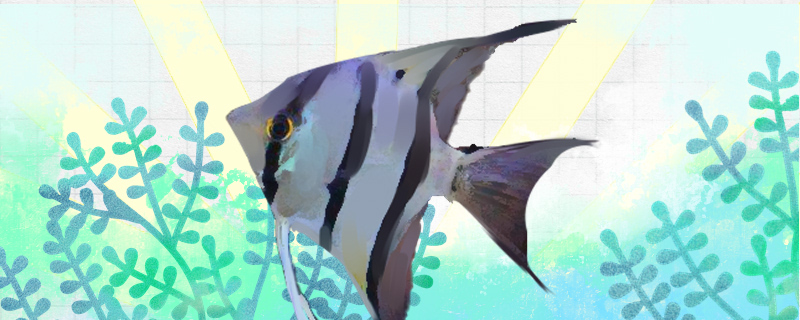
1. Water temperature: The water temperature is generally controlled between 24-28 ℃, with 28 ℃ as the best.
2. Water quality: Raise Peru angelfish to live, water quality with weak acidity water quality is optimal, should control PH value between 6.5-7.5, and hardness is controlled between 4-7. Usually pay more attention to the cleanliness of water quality, an average of three to four days need to change water once, each time without all replacement, about one third or one quarter can be changed.
3. Feeding: To feed the Peruvian angelfish, adhere to the principle of eating small meals, feeding three to four times a day, each feeding to about seven or eight full can be. It is better not to choose live feed, which may carry pathogens. You can feed some Peruvian angelfish special feed, beef heart hamburgers and so on.
4. Polyculture: Peruvian angelfish are relatively mild in nature, so it is best not to polyculture with larger, grumpy fish.
At the beginning of breeding, the breeding tank does not need to be particularly large. Generally, if small fry are cultured, 60 * 30 * 40 tanks can be used. In the most standard case, the length can be four times the length of the fish, the width is generally two and a half times the length of the fish, and the height is about two and a half times. If it is too small, it may cause hypoxia; If it is too big, it is easy to form a sense of oppression. This is not conducive to the growth of fish.